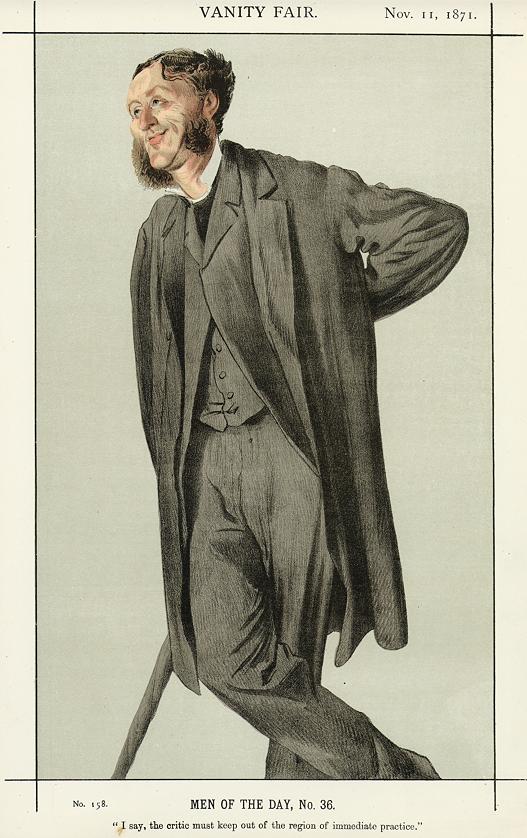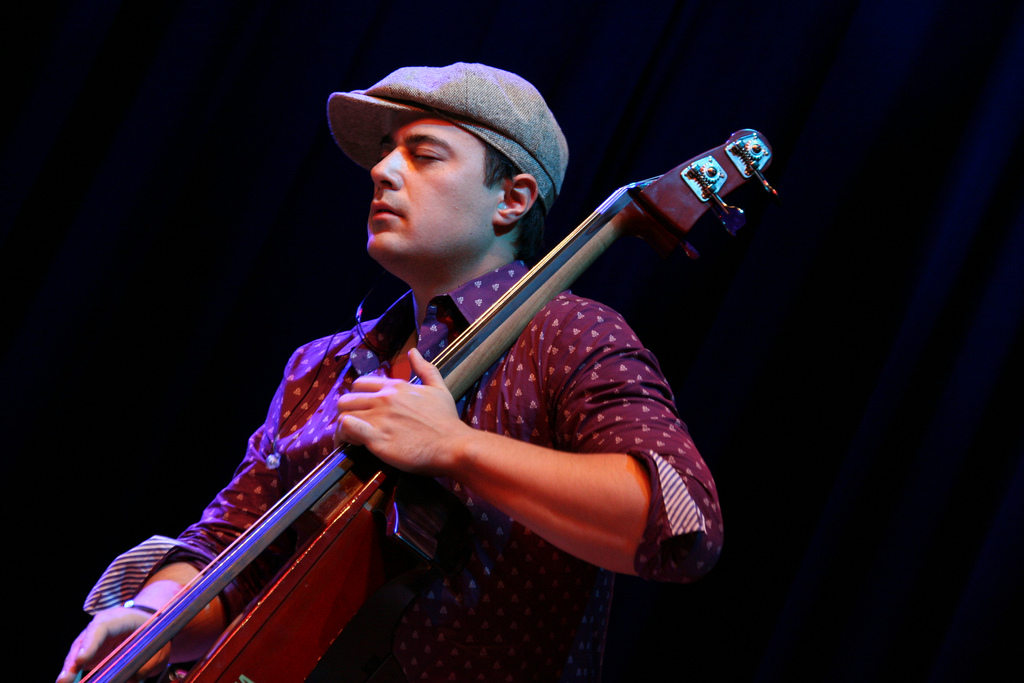|
Agnete Og Havmanden
Agnete og Havmanden (Danish) or Agneta och havsmannen (Swedish) ('Agnete and the merman') is a ballad (''The Types of the Scandinavian Medieval Ballad'' A 47, ''Merman's wife returns to earth''; ''Danmarks gamle Folkeviser'' 38; ''Sveriges Medeltida Ballader'' 19). It is also found in Norway and as a prose folktale published by Just Mathias Thiele in his 1818 ''Danske Folkesagn'', though Thomas Bredsdorff has argued that this prose version is of literary rather than folkloric origin. The ballad too is generally thought to be relatively late in its composition, perhaps from the eighteenth century. Synopsis In the ballad, a merman woos Agnete to leave her children behind and come and live with him in the sea. She does so and has several children by him. But one day she hears the ringing of church bells and with the merman's permission returns to land to visit the church. In some versions, the images of saints in the church turn away from Agnete when she enters. She meets her mothe ... [...More Info...] [...Related Items...] OR: [Wikipedia] [Google] [Baidu] |
Matthew Arnold
Matthew Arnold (24 December 1822 – 15 April 1888) was an English poet and cultural critic who worked as an inspector of schools. He was the son of Thomas Arnold, the celebrated headmaster of Rugby School, and brother to both Tom Arnold, literary professor, and William Delafield Arnold, novelist and colonial administrator. Matthew Arnold has been characterised as a sage writer, a type of writer who chastises and instructs the reader on contemporary social issues. He was also an inspector of schools for thirty-five years, and supported the concept of state-regulated secondary education. Early years He was the eldest son of Thomas Arnold and his wife Mary Penrose Arnold (1791–1873), born on 24 December 1822 at Laleham-on-Thames, Middlesex. John Keble stood as godfather to Matthew. In 1828, Thomas Arnold was appointed Headmaster of Rugby School, where the family took up residence, that year. From 1831, Arnold was tutored by his clerical uncle, John Buckland, in Laleham. In ... [...More Info...] [...Related Items...] OR: [Wikipedia] [Google] [Baidu] |
Danish Folk Music
The earliest traces of Danish music go back to the many twisting Bronze-Age horns or lurs which some experts have identified as musical instruments. They have been discovered in various parts of Scandinavia, mostly Denmark, since the end of the 18th century. Denmark's most famous classical composer is Carl Nielsen, especially remembered for his six symphonies, while the Royal Danish Ballet specializes in the work of Danish choreographer August Bournonville. Danes have distinguished themselves as jazz musicians, and the Copenhagen Jazz Festival has acquired an international reputation. The modern pop and rock scene has produced a few names of note, including MØ, Dizzy Mizz Lizzy, Lukas Graham, D-A-D, Tina Dico, Aqua, The Raveonettes, Michael Learns to Rock, Volbeat, Alphabeat, Safri Duo, Medina, Oh Land, Kashmir, King Diamond, Outlandish, and Mew. Lars Ulrich is the first Danish musician to be inducted into the Rock and Roll Hall of Fame. Origins The earliest traces of Danish m ... [...More Info...] [...Related Items...] OR: [Wikipedia] [Google] [Baidu] |
Ballads
A ballad is a form of verse, often a narrative set to music. Ballads derive from the medieval French ''chanson balladée'' or ''ballade'', which were originally "dance songs". Ballads were particularly characteristic of the popular poetry and song of Britain and Ireland from the Late Middle Ages until the 19th century. They were widely used across Europe, and later in Australia, North Africa, North America and South America. Ballads are often 13 lines with an ABABBCBC form, consisting of couplets (two lines) of rhymed verse, each of 14 syllables. Another common form is ABAB or ABCB repeated, in alternating eight and six syllable lines. Many ballads were written and sold as single sheet broadsides. The form was often used by poets and composers from the 18th century onwards to produce lyrical ballads. In the later 19th century, the term took on the meaning of a slow form of popular love song and is often used for any love song, particularly the sentimental ballad of pop or roc ... [...More Info...] [...Related Items...] OR: [Wikipedia] [Google] [Baidu] |
Scandinavian Folklore
Nordic folklore is the folklore of Denmark, Norway, Sweden, Iceland and the Faroe Islands. It has common roots with, and has been mutually influenced by, folklore in England, Germany, the Low Countries, the Baltic countries, Finland and Sapmi. Folklore is a concept encompassing expressive traditions of a particular culture or group. The peoples of Scandinavia are heterogenous, as are the oral genres and material culture that has been common in their lands. However, there are some commonalities across Scandinavian folkloric traditions, among them a common ground in elements from Norse mythology as well as Christian conceptions of the world. Among the many tales common in Scandinavian oral traditions, some have become known beyond Scandinavian borders – examples include The Three Billy Goats Gruff and The Giant Who Had No Heart in His Body. Beings A large number of different mythological creatures from Scandinavian folklore have become well known in other parts of the world, ma ... [...More Info...] [...Related Items...] OR: [Wikipedia] [Google] [Baidu] |
Swedish Folklore
Nordic folklore is the folklore of Denmark, Norway, Sweden, Iceland and the Faroe Islands. It has common roots with, and has been mutually influenced by, folklore in England, Germany, the Low Countries, the Baltic countries, Finland and Sapmi. Folklore is a concept encompassing expressive traditions of a particular culture or group. The peoples of Scandinavia are heterogenous, as are the oral genres and material culture that has been common in their lands. However, there are some commonalities across Scandinavian folkloric traditions, among them a common ground in elements from Norse mythology as well as Christian conceptions of the world. Among the many tales common in Scandinavian oral traditions, some have become known beyond Scandinavian borders – examples include The Three Billy Goats Gruff and The Giant Who Had No Heart in His Body. Beings A large number of different mythological creatures from Scandinavian folklore have become well known in other parts of the world, ma ... [...More Info...] [...Related Items...] OR: [Wikipedia] [Google] [Baidu] |
Norwegian Folklore
Nordic folklore is the folklore of Denmark, Norway, Sweden, Iceland and the Faroe Islands. It has common roots with, and has been mutually influenced by, folklore in England, Germany, the Low Countries, the Baltic countries, Finland and Sapmi. Folklore is a concept encompassing expressive traditions of a particular culture or group. The peoples of Scandinavia are heterogenous, as are the oral genres and material culture that has been common in their lands. However, there are some commonalities across Scandinavian folkloric traditions, among them a common ground in elements from Norse mythology as well as Christian conceptions of the world. Among the many tales common in Scandinavian oral traditions, some have become known beyond Scandinavian borders – examples include The Three Billy Goats Gruff and The Giant Who Had No Heart in His Body. Beings A large number of different mythological creatures from Scandinavian folklore have become well known in other parts of the world, ma ... [...More Info...] [...Related Items...] OR: [Wikipedia] [Google] [Baidu] |
Danish Folklore
Danish folklore consists of folk tales, legends, songs, music, dancing, popular beliefs, myths and traditions communicated by the inhabitants of towns and villages across the country, often passed on from generation to generation by word of mouth. As in neighbouring countries, interest in folklore grew with an emerging feeling of national consciousness in 19th century Denmark. Researchers travelled across the country collecting innumerable folktales, songs and sayings while observing traditional dress in the various regions. Folklore today is part of the national heritage, represented in particular by national and local traditions, songs, folk dances and literature. History As in the rest of Europe, interest in Danish folklore was a result of national and international trends in the early 19th century. In particular, the German Romanticism movement was based on the belief that there was a relationship between language, religion, traditions, songs and stories and those who practi ... [...More Info...] [...Related Items...] OR: [Wikipedia] [Google] [Baidu] |
Agnete And The Merman
''Agnete and the Merman'' is a group of bronze sculptures in Copenhagen, Denmark, located underwater in the Slotsholm Canal next to the Højbro Bridge. It has been referred to as one of the least-known works of art in Copenhagen. The sculptures were made in 1992 by the Danish sculptor, photographer, and author, Suste Bonnen. They portray a merman and his seven sons with outstretched arms, begging Agnete to return home. Three other sculptures of merfolk are located in Copenhagen: the "Black Diamond Mermaid", a copy of Anne Marie Carl-Nielsen’s 1921 statue; a large (15-foot) granite mermaid located on the port-of-call cruise ship dock in Copenhagen; and the famous The Little Mermaid (statue), ''Little Mermaid'' statue, located on the water’s edge along Langelinie promenade. Mermaids in Danish folklore The original ballad "Agnete and the Merman", or in Danish "Agnete og Havmanden", is one of the many fairy tales found in Danish folklore. The poem was passed on by word of mouth f ... [...More Info...] [...Related Items...] OR: [Wikipedia] [Google] [Baidu] |






